What are the Best Thickening agents when cooking?
Thickening agents or thickeners increase the viscosity of a liquid without changing its other properties. They may also increase the stability of the product. Thickeners function to hold loose fluids together, allowing them to take shape, firmness, and giving it mass and a physical structure.
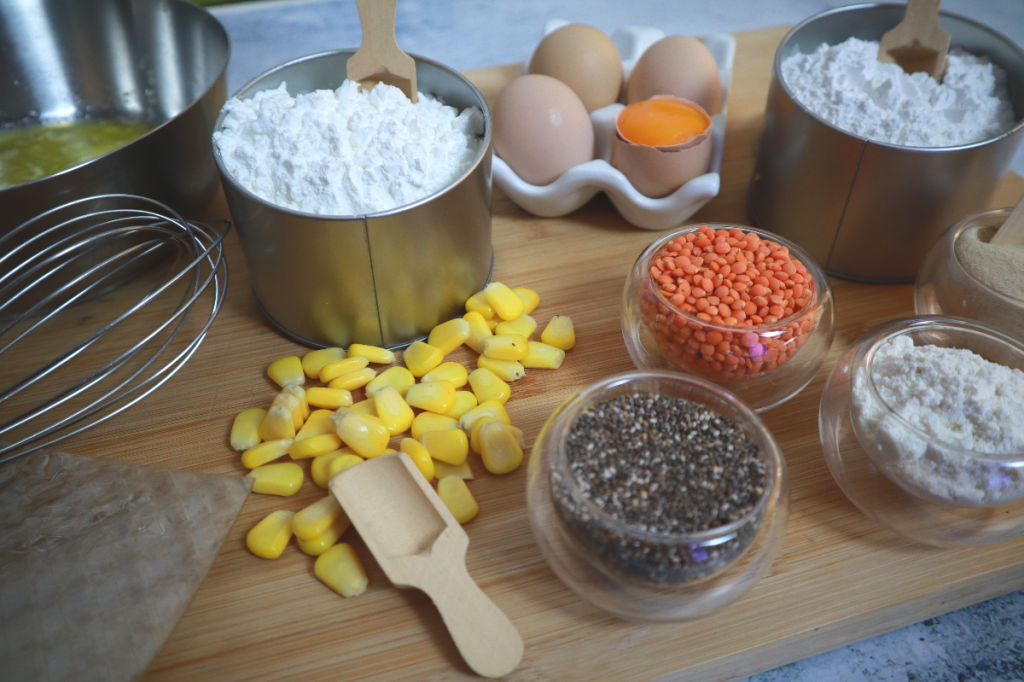
From classic to modern cuisine, they are widely used and there is a variety of thickening agents on the market; each having its own properties suited to use for specific recipes.
Increasing the thickness of liquids can result in lighter, more creamy textures with richer and more flavoursome characteristics.
Why use thickening agents?
There are a few reasons why thickening is an important technique that is often used in cooking.
- Texture – thickening by reducing adds body to a dish and often a lighter, more creamy texture.
- Flavour – agents will add body and intensify the flavours in a sauce.
- Stabilise – when used in emulsions such as salad sauces, it will stabilise them to help extend the shelf life.
Overview of Thickening methods
Thickening by reduction
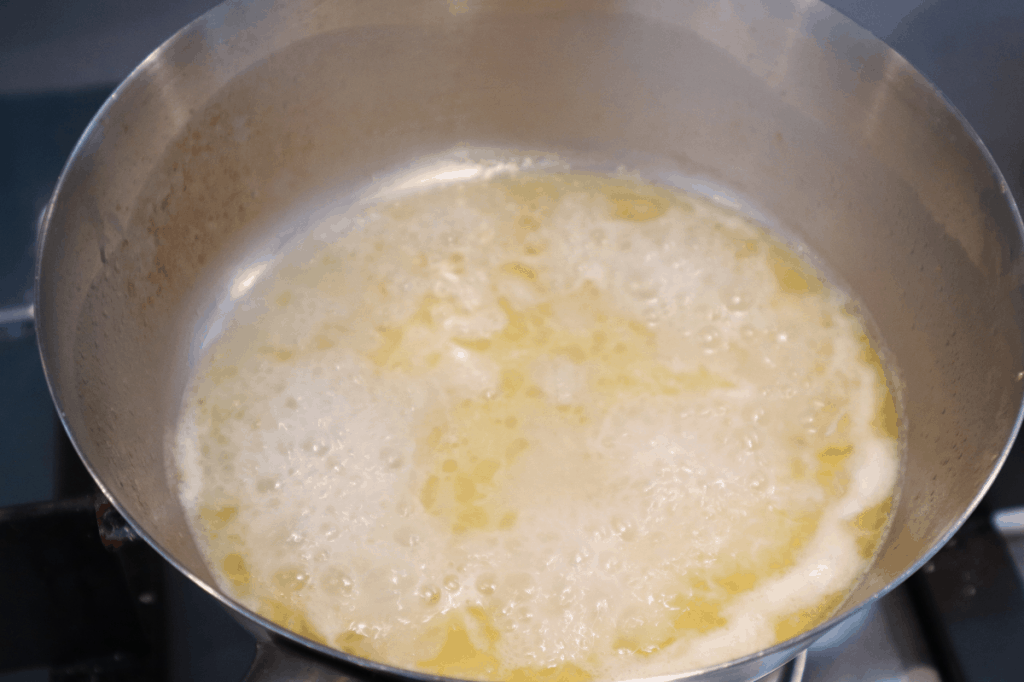
No additional ingredients are necessary when thickening by reduction. Reducing a liquid through simmering will evaporate the water and concentrate the flavours in the remaining volume. This process is mostly used for soups and sauces and if you let a sauce reduce enough, it will become a syrupy texture.
Thickening with vegetable puree
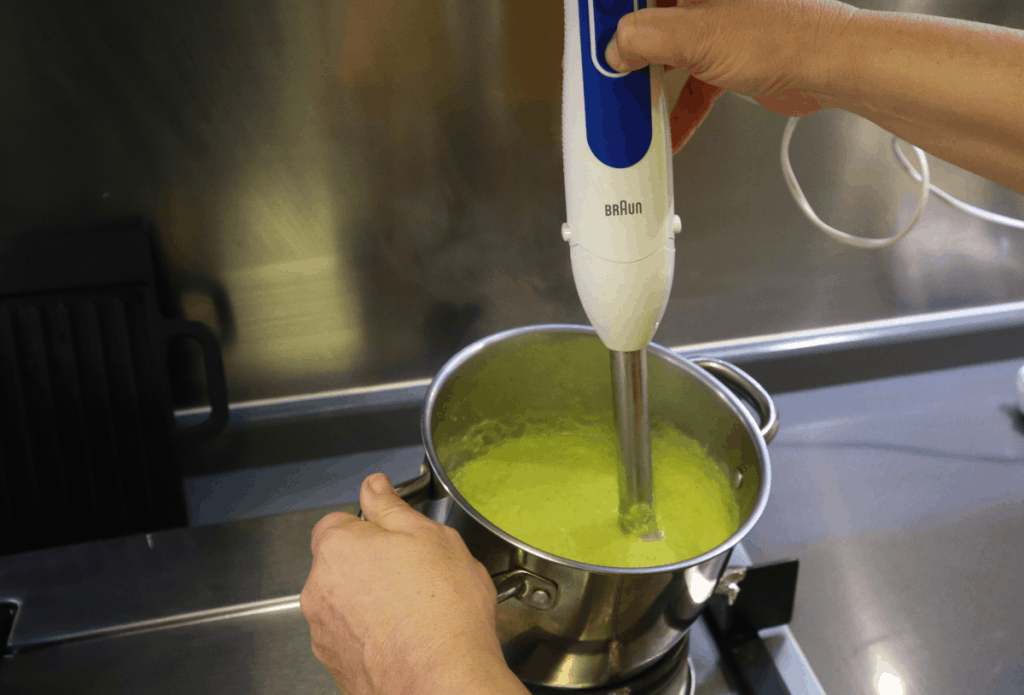
Pureed vegetables such as tomato paste, starchy potatoes or squash are other natural ingredients to thicken soups or sauces. Depending on the quantity you use it will add texture and flavour.
Thickening with starches
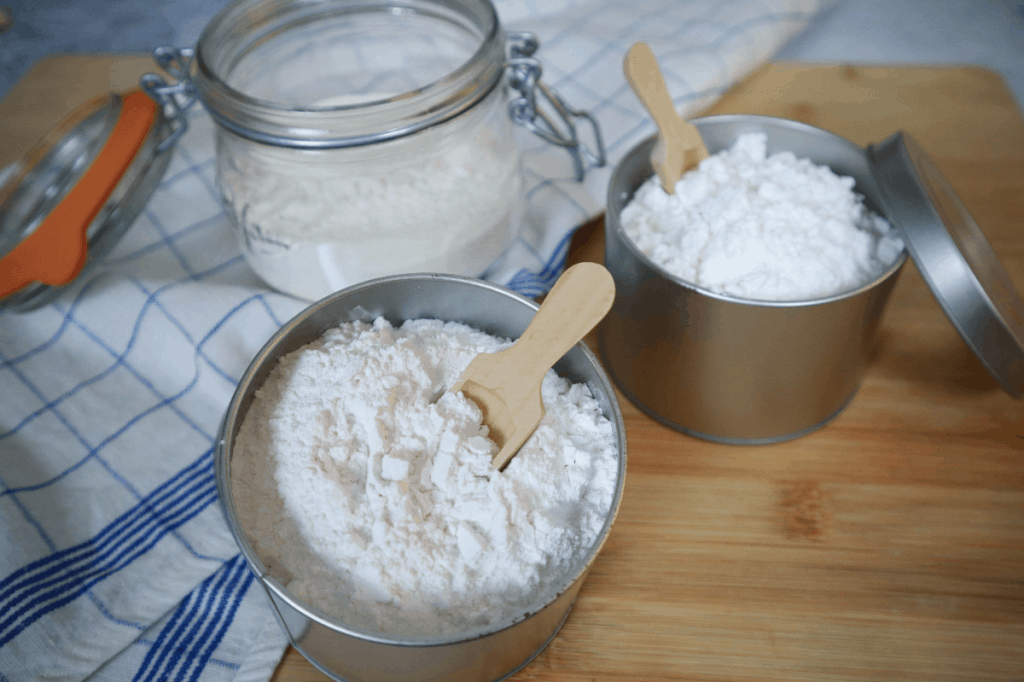
Starch is a carbohydrate consisting of many glucose units. Plants make starch from this glucose to store energy. This most important carbohydrate resource is contained in staple foods such as potatoes, corn, rice, tapioca and kuzu.
Most starch is sold as a white, tasteless and odourless powder that can be dissolved in cold water or any other liquid. The powder consists of granules that swell and gelatinise when combined with water and heat. This process produces the thickening of your soups and sauces. Don’t overheat though as the gel process can dissolve with too much heat.
Thickening with vegetable gums
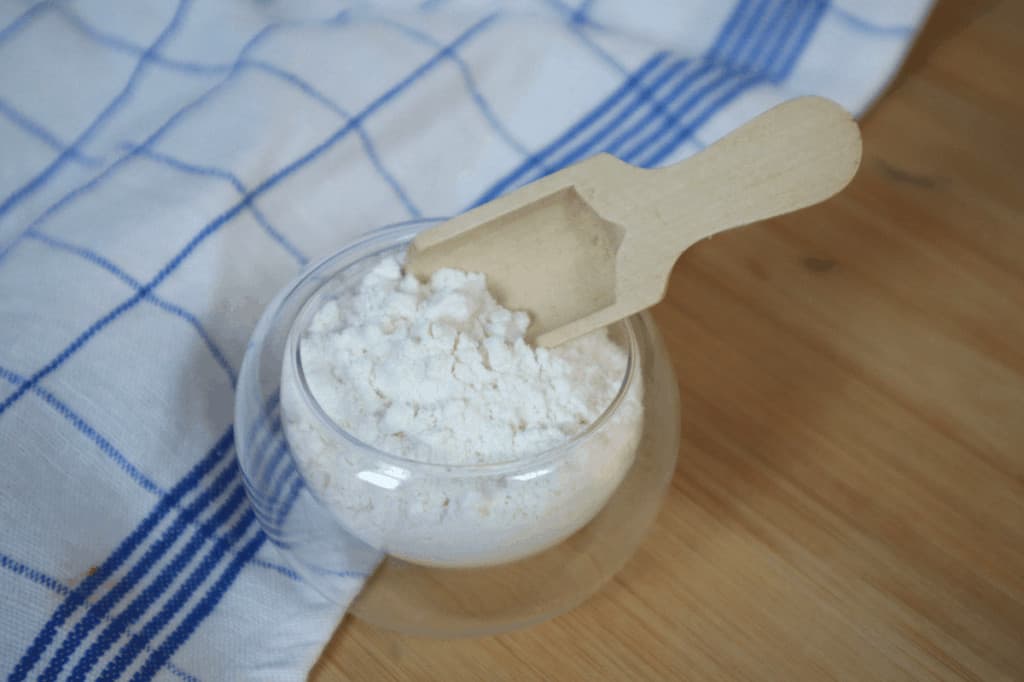
Vegetable Gums are polysaccharides of natural origin and consist of the starchy liquid you get from cooked vegetables. Very small concentrations can cause a large increase in viscosity. These vegetable gums are used as thickening agents, gelling agents, emulsifying agents, and stabilizers and often used in molecular cuisine. We used vegetable gums in the tomato mozzarella recipe.
Thickening with proteins
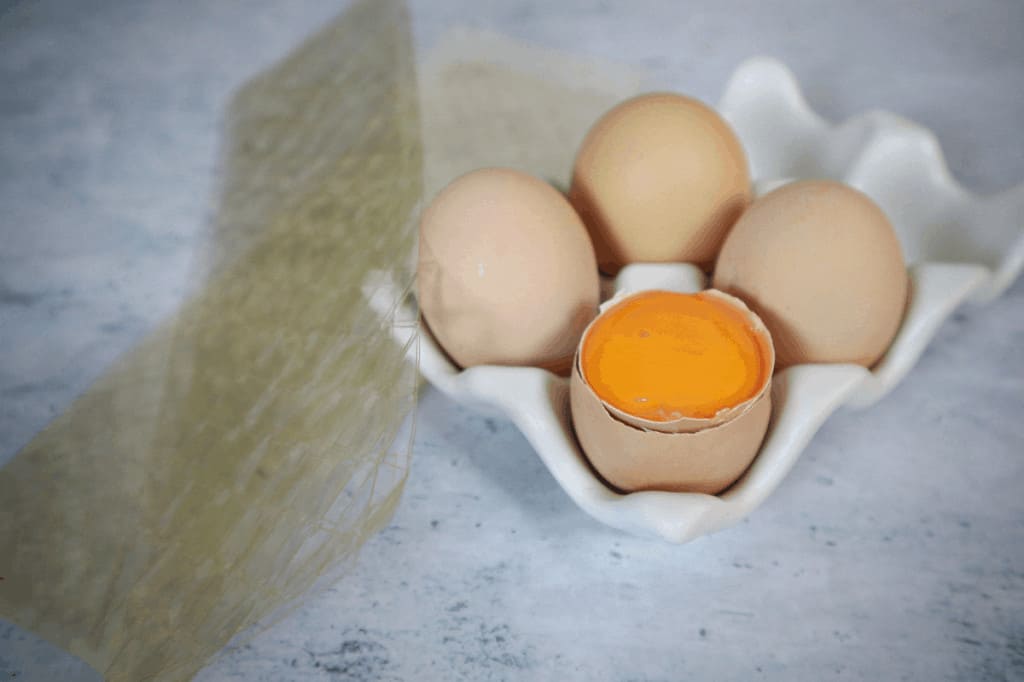
Eggs, collagen, and gelatin are the most common proteins used to thicken.
- The proteins in eggs coagulate or set at different temperatures. They should be heated carefully to avoid them scrambling rather than thickening a sauce.
- The proteins in eggs coagulate or set at different temperatures. They should be heated carefully to avoid them scrambling rather than thickening a sauce.
- The proteins in eggs coagulate. They should be heated carefully to avoid them scrambling rather than thickening a sauce.
Thickening with fats
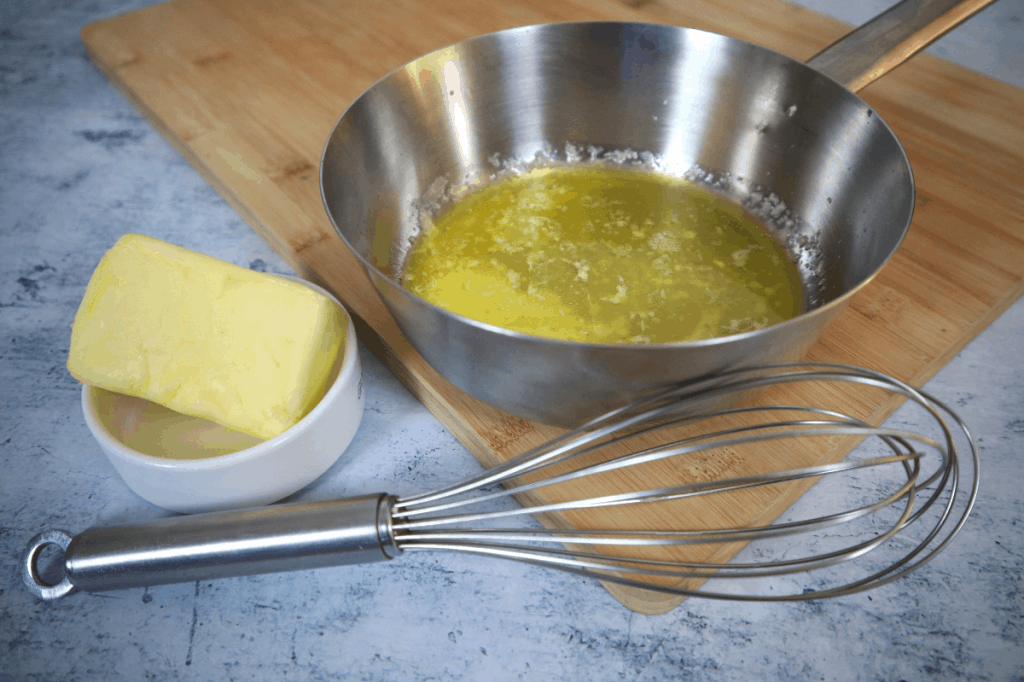
Butter is most commonly used and the best thickener to use for wine and stock based sauces. Take care to whisk in small parcels of cold butter to get the most shiny and silky texture possible. Check out our béarnaise sauce.
This is definitely a whole new world for me! Culinary is fascinating when taken to the level of chemistry! Thanks so much for sharing
This blog is very helpful and informative. . I appreciate your effort that has been taken to write this blog for us.
This is incredibly useful, thanks so much!